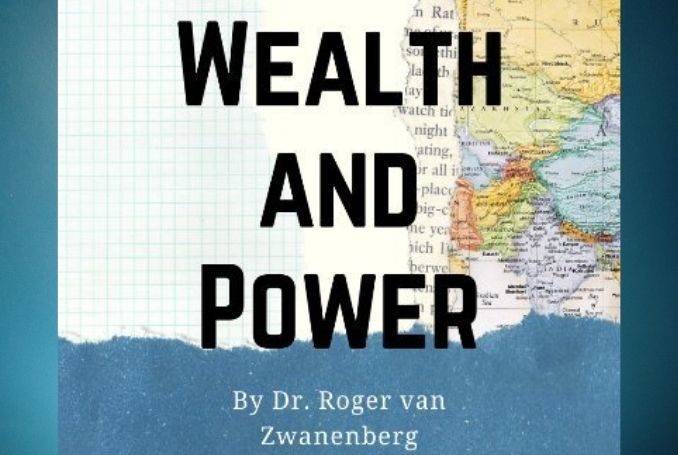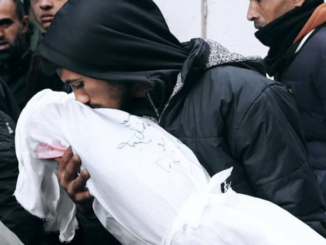
(Wealth and Power: Global Transformation and Destruction 1492 to 2020. Roger Van Zwanenberg.)
The global relations of power were altered fundamentally after these 30 turbulent years. In 1914 Britain was the world’s leading industrial state. She controlled the global infrastructure for trade and finance on which the world’s stability depended. Thirty years later in 1944 and 1945, Britain had lost nearly everything she had fought for over the previous 400 years. The USA took over global leadership. Worse, so far as Britain was concerned: she was about to lose control of her huge global empire and become again a small island nation in the North Atlantic. Her colonies would all be returned to their indigenous peoples over the following 15 to 20 years. Britain, like all the colonizing European empires, would become akin to a ‘vassal state’ (see definition at the end of this chapter) to the Americans.
The 30 years of war between 1914 and 1944, and the economic turmoil of the entire period, have been dressed up in media, and history books as if each major European country had not taken a purposeful leading role after 1914 to expand their then existing empire. In fact each country, except for Russia, (a special case due to the successful revolution) attempted to expand their empires, after the first conflagration ended in 1918. At the time, and through these years, the colonial European powers had not yet understood what had changed; they all continued to play the game of world politics as if the basics were the same as in 1914.
But the fundamental state structure which had ruled millions of peoples disappeared over these years. Three territorially huge, mainly pre-industrial empires, alongside their feudal ruling classes, had been swept away after 1918: The Ottomans, Austro-Hungary and Russia. The newer industrial empires – Germany, Britain, Holland and France – were still in place by 1918, alongside their pre-1914 ruling classes. Their empires too would be swept aside after 1945.
The global financial structures that made global capitalism work throughout the 19th century – the Gold Standard that had ruled the global order up to 1914 – had fragmented. The pre-1914 financial global structure, which had created stability for the world’s industrializing nations to trade and invest, did not now work. The economic and financial chaos which characterized the years between 1918 and 1939 lacked the necessary international mechanisms to create a stable world for trade and finance,
The final 1939/45 war destroyed the last remnants of the world as it had been in 1914. The days of empire, as had been practiced since 1492, were finally over. Central Europe and Japan were completely shattered by 1945, and the outcome was a system to alter the competitive national game that had been played for so long. Only Britain retained a semblance of its former self, with its complex ruling classes still in place. The USA would henceforth lead the global world. The USA, to their credit, had understood why the period 1918 to 1939 had been so chaotic, and put in place a wide range of international institutions to order and control world trade and banking and much more. By 1944, the final death throes of the old colonial system of 19th-century system had still to be played out, reflected by the wars in Vietnam, Korea, Kenya, Algeria and more.
To all intents and purposes, the geopolitical structures changed dramatically. The ideology in which it all took place also changed. Race as the key component of ideology, which had ordered men’s and women’s thoughts, was discarded and a new ideological frame of reference was created by the Americans, and accepted by their European allies or vassals. In the new world, the Cold War guided geopolitics. Ideologically, the USA was henceforth in charge; they would determine the set of ideas that was to guide the world’s stage, and make the world safe for private ownership of capital.
Part 5 of this book will examine whether the unparalleled destruction of people and property from 1914 to 45 heralded in a new world order – or whether the methods of running the world had altered while the means and goals were of the same character as before 1914.
– Dr. Roger Van Zwanenberg is the founder and chairman of the Pluto Educational Trust; a registered charity in the UK. He is also the Managing Director of Pluto Journals, a small company publishing 21 international scholarly journals. He is 82 years of age. Dr. Van Zwanenberg contributed this article to The Palestine Chronicle.







